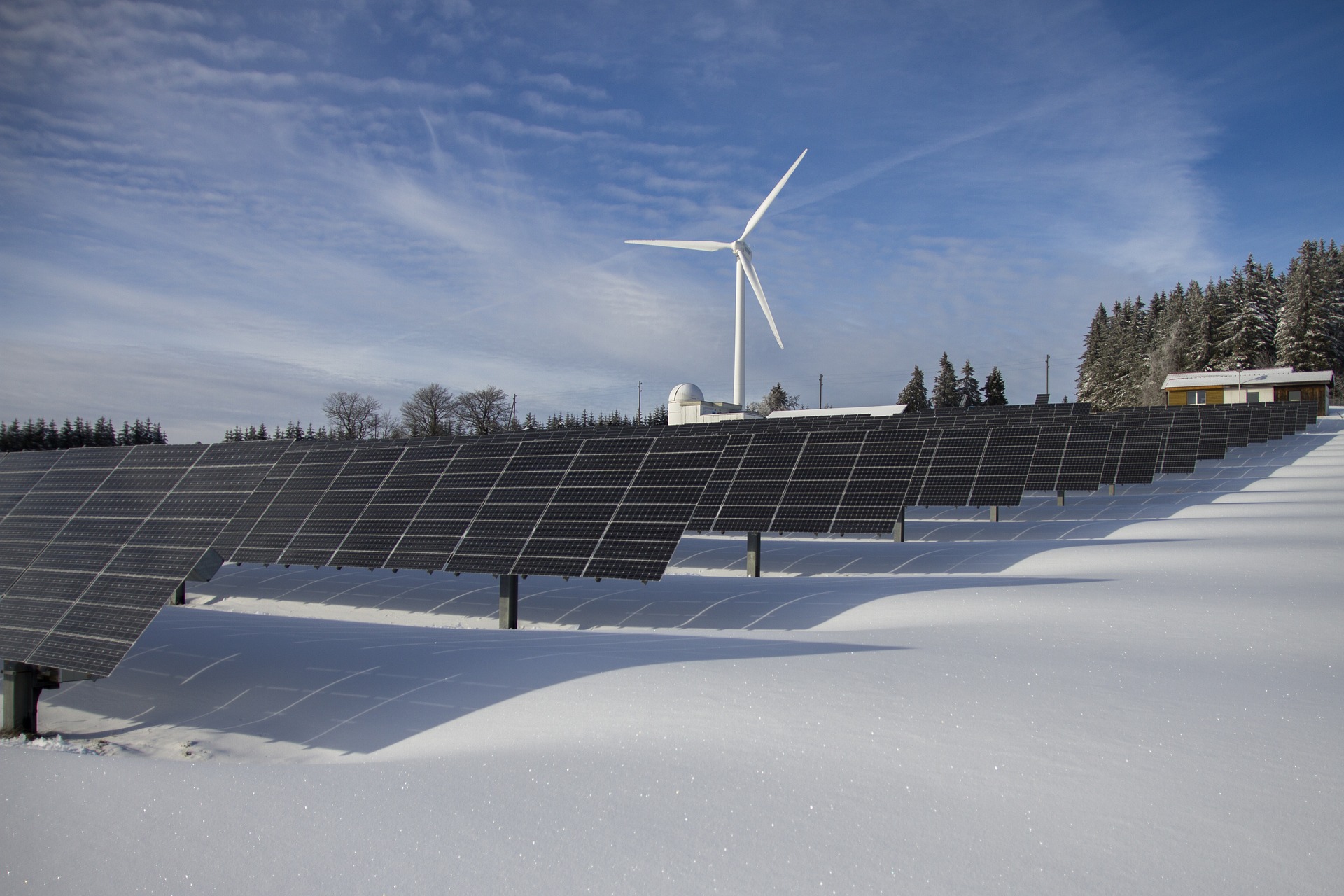
Software Hotmaps Toolbox helps to find sustainable alternatives for heating and cooling homes and buildings. After all, about half of the energy consumption in Europe is attributable to heating and cooling systems houses and buildings.
This is partly due to energy-intensive heating and cooling systems and partly due to heat losses resulting from old buildings with high air permeability. This high energy consumption is all the more problematic as more than 80% of heating and cooling is still produced using fossil fuels.
Records and software
In order to phase out fossil-based heating and cooling sources of energy in buildings, energy providers and administrations need comprehensive records. Up until now, these have been spread across a lot of different databases. A research consortium funded by the European Union has now collected and coordinated these records. As well as made them publicly available through the Open Source Software Hotmaps Toolbox.
This technology is based on the Geographic Information System (GIS) that’s used to map out the information. This information mainly relates to heating and cooling systems. It also takes into account the waste heat potential of industrial installations. This can be harnessed by the next generation of heating systems.
Features and calculation modules
The Hotmaps Toolbox is already online in the beta version – with basic features for mapping heating and cooling energy in buildings and the initial calculation modules. Additional features and calculation modules are expected in the final version, along with the capability to load and save the current operational status. The project will end in October 2020 once region-specific energy demands, renewable energy coverage and actual expenditure can be retrieved in a matter of minutes.
Another feature makes it possible to estimate the costs of a specific heating system (such as boiler as opposed to a heat pump) in certain areas. By using the Hotmaps Toolbox to compare this data, it is possible to make the most environmentally friendly and cost-effective decisions.
Analysis of building resources
“Complete data is necessary for accurate mapping,” says Simon Pezzutto from the Institute for Renewable Energy at EURAC Research in Bolzano, Italy. He and his team collected and coordinated the records. In all, there are more than 150,000 records that will enable an analysis of building records across 28 European countries. Data on schools, hospitals, hotels and restaurants have also been collected in addition to that from the residential, service and industrial sectors.
The construction categories are divided into six construction periods. Starting with pre-war buildings and ending with construction after 2010. Buildings built up until the early 1960s have a high heat permeability coefficient. The first building insulation regulations weren’t issued until later on, Pezzutto explains: ”The categories have a predefined meaning, which is provided in part by the law and in part by usage data.”
Potential of renewable energy sources
Information on the potential of renewable energy sources has been estimated partly based on regional levels and partly per hectare across the entire EU. The energy potential of forest biomass, sun and wind can also be estimated for the whole of the EU. The energy potential for municipal waste, agricultural biomass, etc. can be estimated on a regional level.
When opening the Hotmaps Toolbox, a map of Europe is displayed where individual countries, regions, cities and districts can be identified. Once the area is narrowed down, the information on heating and cooling energy in buildings can be quickly calculated with the accuracy of one hectometer (a surface area of 100 by 100 meters), says Pezzutto. ”For example, the central location of a city’s power plant can be specified. Along with its capacity to meet demand.”
Reliable records
Municipalities can use the existing records, but may also upload their own records on their building inventory. They are not required to share their records. How to use the software is taught in an online tutorial and a Wiki Show. Both are already out there. Local training courses for authorities, planners and interested parties are being provided as well.
Aside from the research institutes, several European municipalities are also involved in the project. They’ve provided records for the first case studies. Pezzutto: “The collection of these records was carried out on a national level. But it’s clear for all to see if credible data can also be generated over a small area by individual municipalities. We were amazed at the results. Because the calculations using the data from the Hotmaps Toolbox and those from the pilot municipalities only differ by about 10%. That difference is quite small. We are therefore confident that Hotmaps Toolbox will generate credible data for other communities too.
The Open Source Software Hotmaps Toolbox is also accessible for other developers. Anyone who wants to integrate additional calculation modules or databases is encouraged to get in touch with the researchers.
The research consortium:
Software development is carried out within the European EnerMaps project and funded by the H2020 programme. Project leader is Lukas Kranzl from the Vienna University of Technology. The research partners involved are:
- Aalborg University
- Centre de Recherches Energétiques et Municipales
- Energycities Where Action and Vision meet
- E-Think Energy Research
- EURAC Research
- Fraunhofer ISI
- Hes-So Haute Ecole Spécialisée de Suisse occidentale (FH Westschweiz)
- Plan Energie
- Technical University Vienna
The pilot municipalities:
Aalborg Kommune, Bistrita Municipality, Donostia Sustapena Fomento Sansebastián, Stadt Frankfurt am Main, Kerry County Council, Milton Keynes Counci, Ville de Geneve;
Read more IO atricles on the energy transition via this link.
